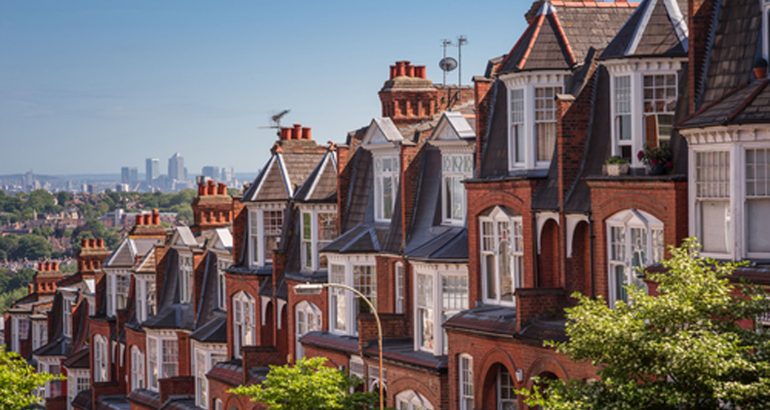
Pitched roofs have an understated but long-standing history across much of Europe, and especially the UK. Iconic images of architectural landmarks and terraced rows with red brick chimneys are known the world over.
The pitched roofs we see in London are a visual and enduring display of the city’s history, from the Elizabethan age to the Greek and Gothic revivals of the Victorian era. These buildings and their roofs have seen more history than anyone could imagine, withstanding everything from the Great Fire of London and the Blitz to the harshest winters and hottest summers. Even in the midst of urban regeneration and contemporary construction, they stand proud as part of London’s landscape.
Of course, it is no secret that pitched roofs are one of the most popular styles. In fact, they are what most would deem the ‘traditional’ roof style, easily recognisable, though the actual pitch of a roof can vary wildly.
But why exactly are pitched roofs so popular in London?
Practical
Pitched roofs are a practical alternative to their flat counterparts, especially in a soggy climate like the one we know and love in London. The pitch allows water to run-off, which is great for those torrential days and endless April showers. By encouraging water run-off, it means properties experience fewer issues from damp. Another benefit of this kind of roof is the extra storage space it provides; in fact, some roofs with steeper pitches offer enough space to allow for a conversion, adding extra rooms (and value) to your property!
Attractive
While flat roofs serve a purpose and can add a certain contemporary feel to a building, the pitched roof has more charm to it. It is no surprise that the right pitched roof can be an attractive finishing touch to a building, considering the pivotal role it plays in certain architectural styles and the scope for creativity. While there is something to be said for symmetry, a pitched roof also provides an opportunity for more complex, decorative styles with multi-pitched designs and additions like chimneys and dormers. This keeps a level of consistency, without compromising the eclectic styles and individuality London’s skyline is famous for.
Versatile
A pitched roof is one of the most versatile components of any building. It can be laid with tile, slate or shingle, as well as the iconic thatch synonymous with chocolate box cottages and Tudor masterpieces. Whatever material you fancy, the principle remains the same; the right pitch, with your chosen material, laid by a professional team makes all the difference. Keep it classic with traditional tiling or play with a mix of vertical and horizontal styles. You can even experiment with different shaped and multi-coloured tiles.
As a team of experienced roofing specialists in London, we have seen it all. From thatched Tudor cottages and grand Gothic mansions with multi-pitched roofs to low-pitched Regency roofs and the red clay tiles of mid-20th-century suburbs. Every home and business has a story, and so does their property.
If you have a pitched roof of your own in need of some care and attention, feel free to speak to one of our experts!




